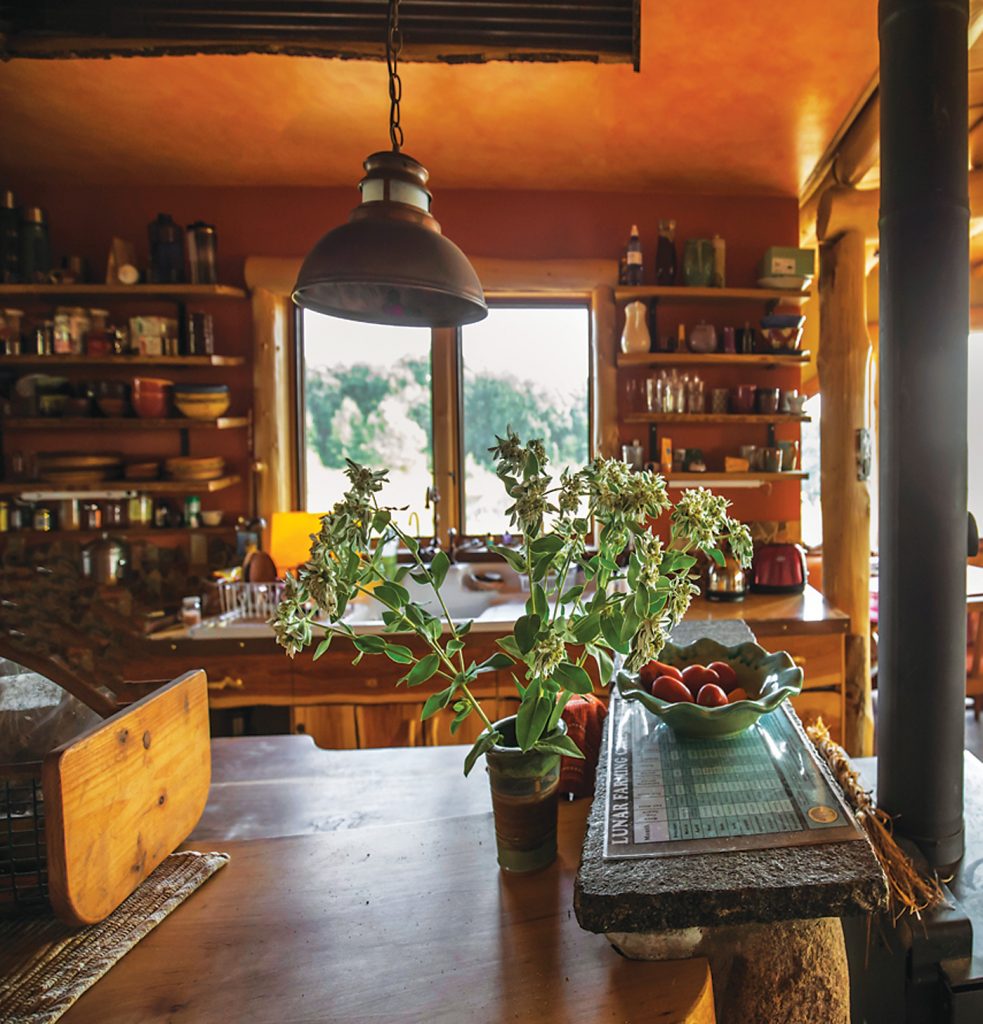
What makes a house a home? There’s obviously some special quality that changes a building with four walls and a roof into a cozy nest. We talked to several Iowans with experience in building, creating, selling, and redesigning homes, and found some common themes.
Joy Hirshberg, founder of the family business Green Building Supply in Fairfield, has spent 27 years helping people create and remodel their homes. “A house becomes your home when it expresses your individuality and consciousness,” she says. Hirshberg suggests finding your personal style by asking a series of questions: “What type of home do I want for myself, my family, and future generations? How can I make it a nourishing, safe, comfortable, and beautiful place where I can express my best self, raise a family, and grow?”
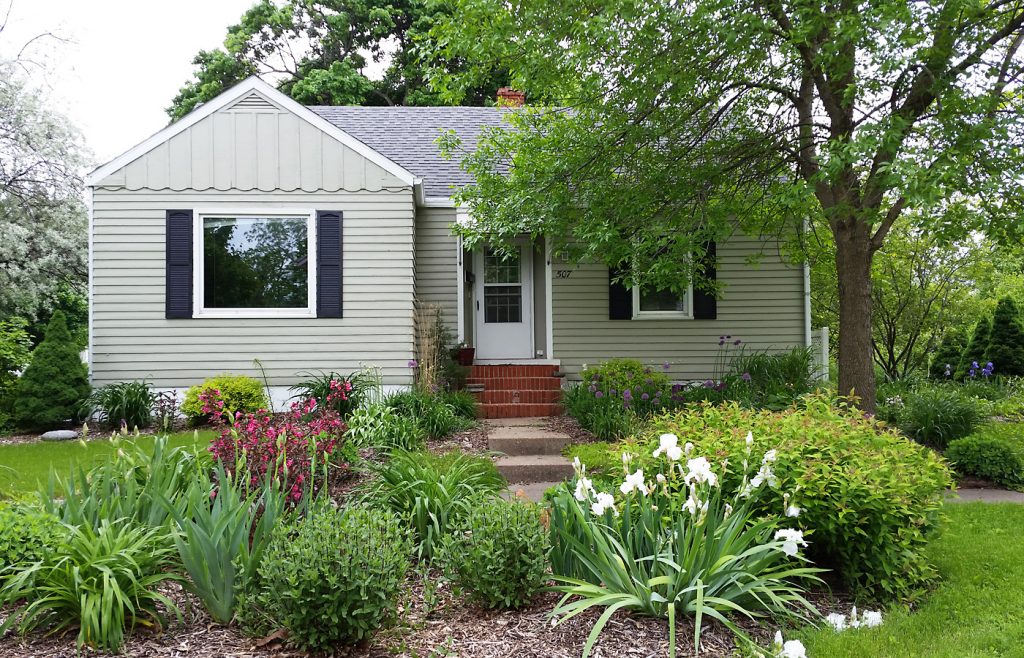
For many, a sense of security is an important part of their dwelling. “A home for many people is a safe haven, someplace to feel at ease,” says realtor Darin Dowd. “It’s a canvas for creating memories with family and loved ones as well as for self-expression.”
Susan Walch and John Freeberg, who spent five years designing and handcrafting their home, agree on both counts. “What makes this house our home is a feeling of safety and warm enclosure,” Walch says. One feature that helps make their house feel cozy is its thick straw-bale walls. Another is deep-set windows, a design element that’s identified as archetypal in one of Freeberg’s favorite books, A Pattern Language, by Christopher Alexander. “There’s a very sheltering quality to deep walls and deep-set windows,” he says. “They provide a sense of comfort.”
Hirshberg has found that creating with intention is an important part of making a house a home. “Whether your task is to build, remodel, clean, repair, declutter, or redecorate your home, begin with the qualities you want your home to express,” she recommends. “Then hold every decision accountable.” This may require research into architectural styles and building materials, as well as field trips or multiple house viewings to find the style that resonates. For example, does your style learn toward earthy Arts and Crafts, detailed gingerbread Victorian, or sleek modern? Do you like country kitsch or industrial Bauhaus? Find your style and then craft your home to reflect that.
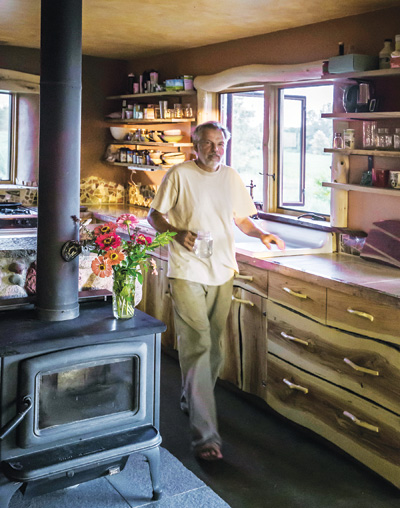
Walch and Freeberg consciously designed their home to embody their shared aesthetics and sense of comfort. They used trees and clay from the site to make the house as integrated as possible with its surroundings. “We’re lucky we have the same aesthetic,” Walch says. “The same things make us feel homey. What makes a house a home is in the environment that suits your emotional and psychological well-being. It’s finding your niche, and when you find it, creating it.”
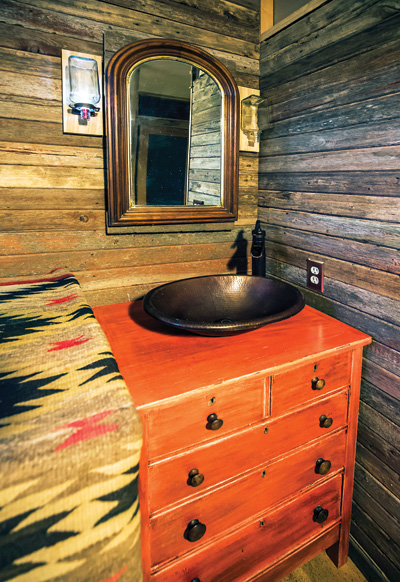
The color scheme of their house was carefully chosen. “For me, part of feeling homey is feeling enveloped in nature. The colors are natural colors.” The cob bench and stucco walls show off the natural reds and yellows of local earth and clay, while the painted walls tastefully coordinate with the muted greens and oranges of the surrounding woodland.
Tom O’Neill has remodeled old homes in Chicago, Des Moines, and Fairfield, and built a new house in Galena. In every location, the common theme has been bringing nature indoors. When he searched for his current home, he used Google Earth to find neighborhoods with tree-lined streets, eventually settling on a house with 18 trees that create the illusion of a private woodland retreat. Inside, wooden floors, wainscoting, and siding and abundant natural light add to the peaceful atmosphere. O’Neill says he gets to wake up “with nature, while having the conveniences of living in a walkable and bikeable neighborhood.”
Freeberg says there seems to be a universal appeal about their house. Visitors from as far afield as Venezuela and Siberia have said it reminds them of the cottages they grew up in. The warm earthy colors of adobe and earth plaster, and the striking log frame kindle an archetypal recognition. They once had an architectural historian stay for two hours admiring the house, despite being allergic to their cats. “He was so captivated by the house, that overwhelmed his allergy,” Freeberg says. Walch adds, “We never want to leave. We live in a little slice of heaven.”
While you may not want to spend five years designing your home, as Walch and Freeberg did, taking some time to think about what you want pays off.
“Building with concrete, wood, glass, and metal will yield a house,” Hirshberg says, “but what actually turns it into a home is the love and attention you bring to it, before, during, and after construction. . . . Done right, you and your family will blossom in your home.”
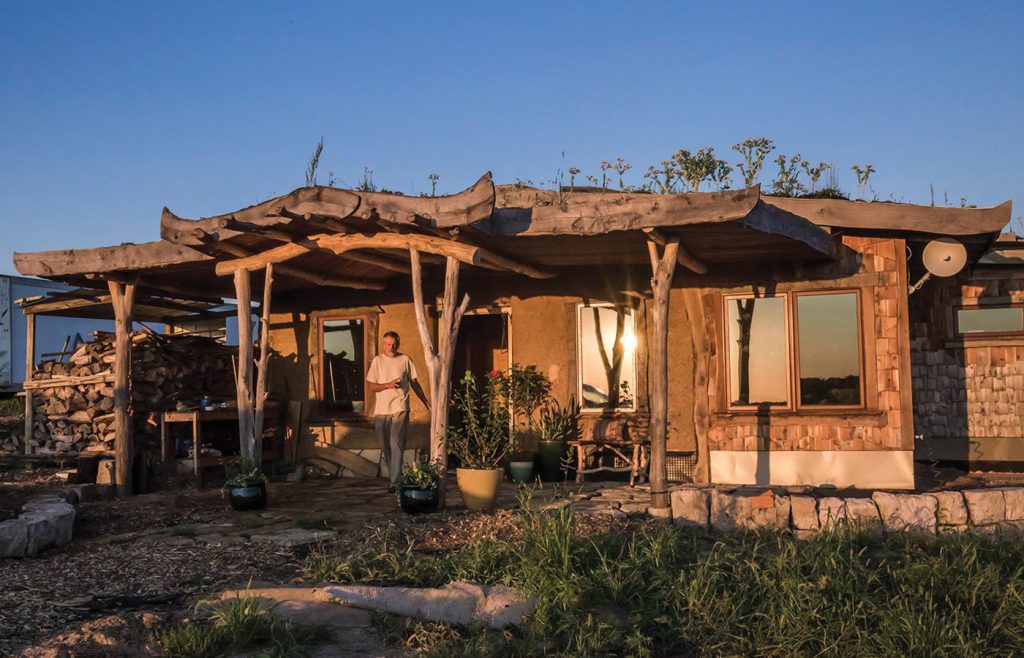
John Freeberg and Susan Walch are hosting an open house Saturday, May 19, noon to 4 p.m. at 2329 Kale Blvd., Fairfield. Take Main St. (Highway 1) south to AmericInn. Turn right on 227th St. for one mile, curve left onto Kale Blvd. to 2329. Take the driveway to the top of the hill.
